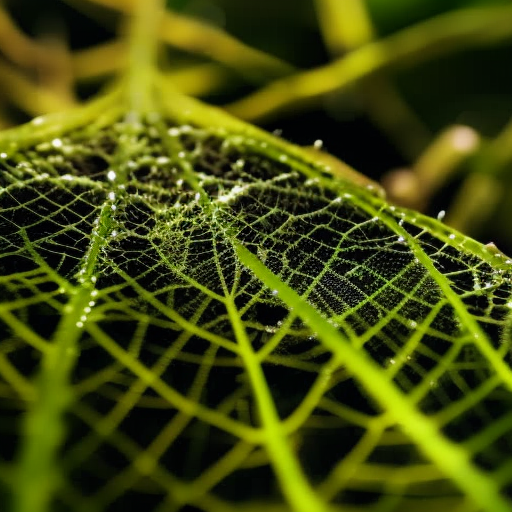Bryology: The Study of Mosses and Liverworts
Bryology is the scientific study of mosses and liverworts, which are two groups of non-vascular plants that belong to the division Bryophyta. These plants are small and typically found in moist environments, such as forests, wetlands, and tundra. Bryologists study the morphology, anatomy, ecology, and evolution of these plants, as well as their role in ecosystems and their potential applications in various fields.
Morphology and Anatomy of Bryophytes
Mosses and liverworts have a simple body structure consisting of a leafy stem-like structure called a gametophyte, which is the dominant phase of their life cycle. The gametophyte produces reproductive structures called gametangia, which produce eggs and sperm. Fertilization occurs when the sperm swims through a film of water to reach the egg. After fertilization, a sporophyte is formed, which consists of a stalk-like structure called a seta and a capsule that contains spores. The spores are released and dispersed by wind or water, and when they land in a suitable environment, they germinate into new gametophytes.
Ecology and Distribution of Bryophytes
Bryophytes play important ecological roles in various ecosystems. They are often the first plants to colonize bare soil or rock surfaces, helping to create suitable conditions for other plants to grow. They also play a crucial role in nutrient cycling and water retention. Bryophytes can absorb and retain large amounts of water, which helps to regulate water flow and prevent soil erosion. They provide habitats for a wide range of organisms, including insects, spiders, and microorganisms.
Bryophytes are found in diverse habitats around the world. Mosses are more common and can be found in a wide range of environments, from tropical rainforests to arctic tundra. Liverworts are less common and are often found in moist, shady habitats. Some species of bryophytes are adapted to extreme environments, such as deserts and high-altitude mountains.
Applications of Bryology
Bryology has practical applications in various fields. For example, mosses and liverworts have been used in traditional medicine for centuries. They contain bioactive compounds that have antimicrobial, anti-inflammatory, and antioxidant properties. These compounds have the potential to be developed into new drugs for treating various diseases.
Bryophytes also have potential applications in environmental monitoring and restoration. They are sensitive to changes in their environment, such as pollution and climate change, and can be used as indicators of environmental health. Bryophytes can also be used in ecological restoration projects to help stabilize soil, improve water quality, and create habitats for other organisms.
In addition, bryophytes have attracted attention in the field of biotechnology. They have unique characteristics that make them suitable for genetic engineering and bioproduction. For example, mosses can be used as bioreactors to produce recombinant proteins and pharmaceuticals. They can also be used in phytoremediation, a process that uses plants to remove pollutants from soil and water.
Conclusion
Bryology is a fascinating field of study that focuses on the morphology, anatomy, ecology, and applications of mosses and liverworts. These non-vascular plants play important ecological roles and have potential applications in medicine, environmental monitoring, restoration, and biotechnology. By understanding and studying bryophytes, scientists can gain valuable insights into the natural world and discover new ways to benefit society.












